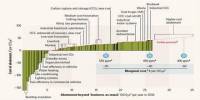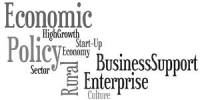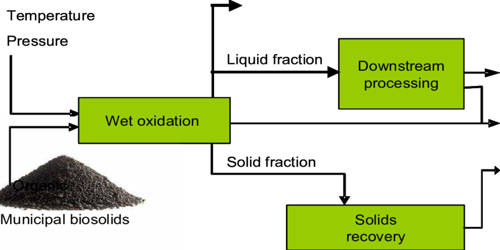Workers who make cars, long-haul airline pilots, coal miners, and shop assistants many workers are compelled to embark on the challenging and perhaps upsetting task of seeking a new job swiftly due to economic and technical progress, or disasters like the COVID-19 pandemic.
Researchers from the University of Technology Sydney (UTS) and UNSW Sydney have created a machine learning-based system that can discover and recommend professions with similar underlying skill sets to someone’s present occupation in order to facilitate the job transition process and boost success rates.
The system is also capable of reacting in real-time to shifts in employment demand and recommending the specific abilities required to switch to a new profession.
The system was created by Professor Mary-Anne Williams, the Michael J Crouch Chair in Innovation at UNSW Business School, and Dr. Nikolas Dawson and Marian-Andrei Rizoiu from the UTS Data Science Institute. It is based on the results of their recent study, “Skill-driven Recommendations for Job Transition Pathways,” which was published in the international journal PLOS ONE.
What are the benefits of using AI to find a job?
According to Dr. Dawson, while workplace change is unavoidable, there are considerable productivity and equity benefits for individuals as well as for businesses and the government if we can make the job transfer process simpler and more effective.
“It can be a daunting proposition to switch to a new career, particularly for those who have been in the same job for a long time. Successful transitions typically involve workers leveraging their existing skills, and acquiring new skills, to meet the demands of the new occupation,” he said.
According to Professor Williams, the new recommender system can lessen the stress that is unavoidable during times of job loss by lowering the costs of job transitions and offering recommendations that are more in line with the needs of people who have specialized skill sets that frequently go beyond their line of work.
“By focusing on skill sets, rather than occupations, this new approach helps workers, organisations, and businesses like retraining advisory services discover the new skills a person would need to acquire to obtain a new in-demand job and assess the associated training investment required,” she said.
“In addition, organisations can use our skill similarity measure to design completely new or hybrid occupations that increase the likelihood of finding people with the necessary skill set.”
“In the current rapidly changing job market the need to continuously upskill is a challenge for individuals and organisations. Our recommender system can help individuals embrace change by proactively designing their lifelong learning journey and to react to new more exciting job opportunities as they arise by determining the next best skill to acquire.”
Dr. Rizoiu added: “If we can move towards skills-based hiring, rather than defining an occupation by its job title, then we can help people identify the specific skills they have, or need to develop, in order to find productive and meaningful work.”
In the current rapidly changing job market the need to continuously upskill is a challenge for individuals and organisations. Our recommender system can help individuals embrace change by proactively designing their lifelong learning journey and to react to new more exciting job opportunities as they arise by determining the next best skill to acquire.
Professor Mary-Anne Williams
How was the job-search method created?
The researchers examined and separated the underlying skill sets of more than 8 million jobs offered in Australia between 2012 and 2020 using crucial data from Burning Glass Technologies, an analytics software company that delivers real-time information on jobs and labor market trends.
They then used information from the Household, Income and Labour Dynamics in Australia (HILDA) survey, which tracks people over the course of their lifetimes, to compare the job transition forecasts with data, providing roughly 3000 examples from actual life to validate the predictions.
The jobs recommender system was able to demonstrate if it is simpler to proceed in one path compared to another and correctly forecasted the likelihood of job transitions.
Academics, the government, and industry can use the study’s methodologies, possibly in conjunction with data from the Australian Bureau of Statistics, to aid in the large-scale transition of workers in industries and sectors that are undergoing considerable change.
The researchers created an early warning system for developing technologies that could disrupt the labor market as part of the study, including artificial intelligence. Policymakers and businesses may be able to better prepare for upcoming structural changes with the help of this knowledge.
Together with Professor Williams and Dr. Rizoiu, Dr. Dawson conducted the research as part of his PhD in computational economics at UTS. He now holds the position of senior data scientist at FutureFit AI, a business that collaborates with business and government to develop a platform that uses AI to assist people with job transitions.
“If you look back in history, it’s almost never the case that there are fewer jobs due to automation, but rather new jobs are created at the same time old ones disappear. So it is fundamental that people have the ability to build the requisite skills and transition smoothly into these new jobs,” Dr. Dawson said.
“The ability to undertake micro-credentials in specific skill areas, customised for the individual, will likely be a key part of this future.”
















